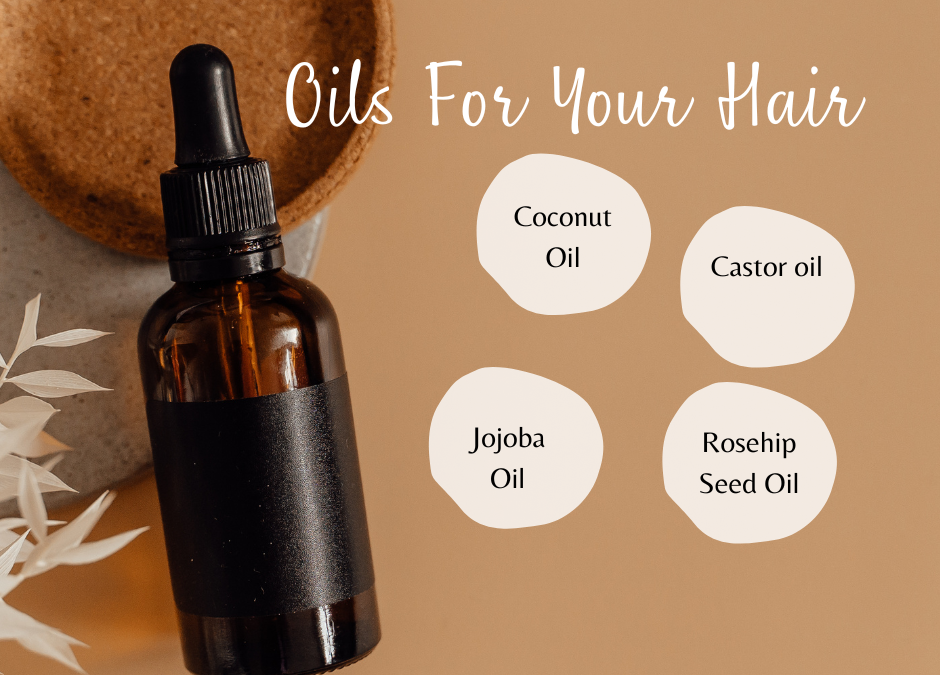Disclosure:This site is sponsored by affliate programs. We may earn money from the companies mentioned in this post. As an amazon affliate partner we may earn from qualifying purchases.
Hair oil is a natural wonder for hair care. Packed with essential fatty acids and vitamins, these oils can deeply nourish your locks, leaving them stronger, shinier, and more manageable. But with so many options available, choosing the right oil can be tricky. Here’s a breakdown of the top 4 hair oils and their unique benefits:
1. Coconut Oil: The Multitasking Marvel
- What’s in it: Lauric acid, a medium-chain fatty acid that penetrates the hair shaft.
- Benefits: Coconut oil is a great all-rounder. It tames frizz, adds shine, and helps prevent breakage. Its unique ability to penetrate the hair shaft makes it especially beneficial for dry, coarse, or damaged hair.
- Treats: Dryness, frizz, split ends, and hair breakage.

2. Castor Oil: The Growth Promoter
- What’s in it: Ricinoleic acid, a fatty acid that promotes healthy circulation in the scalp.
- Benefits: Castor oil is renowned for its hair growth-stimulating properties. It also helps prevent dandruff and itchy scalp. While the research is ongoing, some studies suggest it may be effective in treating alopecia areata, an autoimmune condition that causes hair loss.
- Treats: Hair loss, thinning hair, dandruff, and itchy scalp.

3. Rosemary Oil: The Stimulator
- What’s in it: Alpha-pinene and cineole, compounds that improve circulation and stimulate the scalp.
- Benefits: Rosemary oils another champion for hair growth. It may also help regulate sebum production, making it beneficial for both dry and oily scalps.
- Treats: Hair loss, thinning hair, dandruff, and oily scalp.

4. Jojoba Oil: The Gentle Hydrator
- What’s in it: Simmondsia chinensis (jojoba) seed oil, which closely resembles the natural sebum produced by the scalp.
- Benefits: Jojoba oil is a lightweight oil that mimics the scalp’s natural oils. It hydrates without clogging pores and is perfect for all hair types, including sensitive scalps.
- Treats: Dryness, frizz, and sensitive scalp.

How to Use Hair Oils:
- Patch test: Before applying any new oil to your hair, do a patch test on your inner arm to check for allergies.
- Less is more: A few drops are usually enough. Apply to the mid-lengths and ends, avoiding the roots for oily hair.
- Heat it up (optional): Warming the oil slightly can improve penetration.
- Leave-in or rinse out: You can use hair oil as a leave-in conditioner for extra moisture or apply it as a pre-shampoo treatment for deeper nourishment. Rinse thoroughly after shampooing.
Remember, consistency is key! Regularly incorporating hair oils into your routine can help you achieve healthy, radiant hair.

